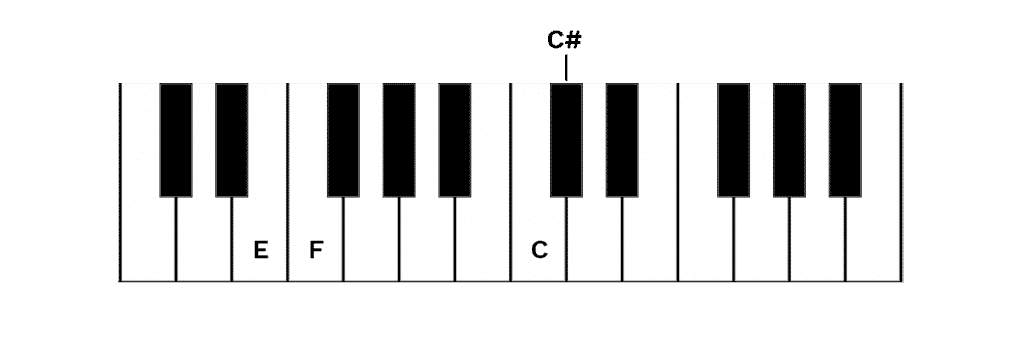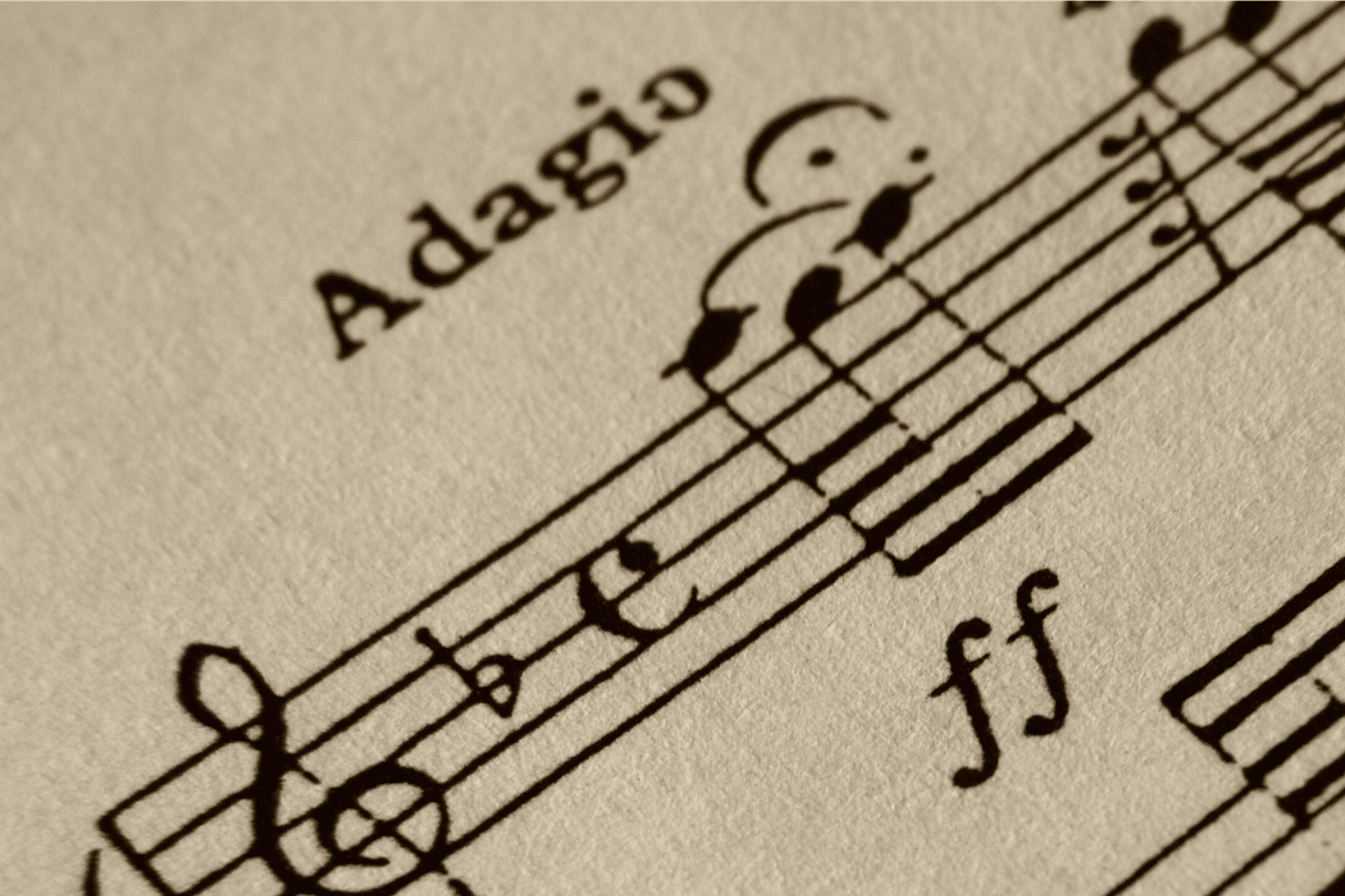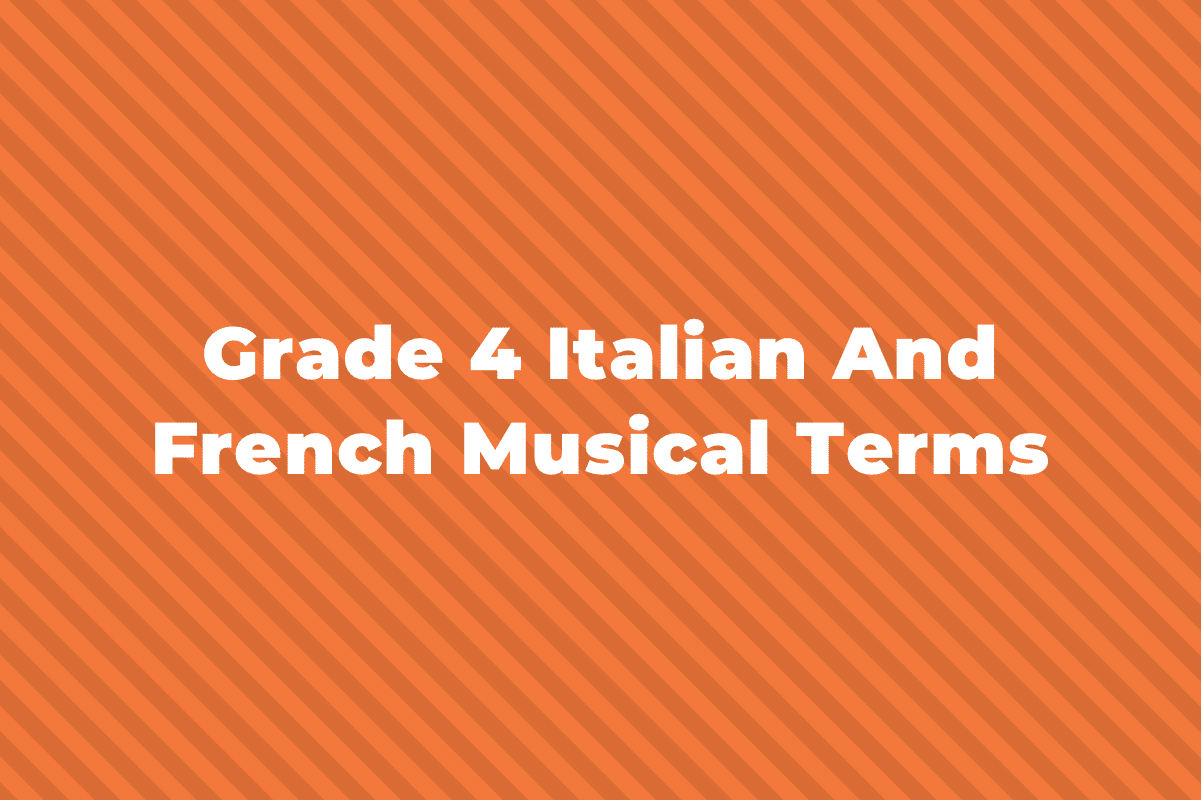When learning a musical instrument and music theory, a key concept to learn about is pitch and the distances between notes.
In this post, we’re going to cover the building blocks of pitch: semitones and tones. But first, we need to cover what intervals are.
What is an Interval?
Before we can talk about semitones and tones, it is essential to understand what an interval is.
An interval in music is the distance in pitch between any two notes.
The larger the distance in pitch, the larger the interval, and vice versa; the smaller the distance in pitch, the smaller the interval.
We work out large or small intervals by how many semitones or tones the notes are apart.
What is a Semitone (Half Step)?
A semitone, or half step as they’re known in the US, is the distance in pitch between a note and the very next note, higher or lower.
It’s the smallest interval in western music.
On a piano, a semitone would be the distance in pitch between E and F or C and C#, for example.

The Two Types of Semitones
There are two types of semitones to know about:
- Chromatic semitones
- Diatonic semitones
They’re not to be confused with chromatic or diatonic scales, though. It’s all to do with how we name the two notes in the semitone.
Let’s take a look at chromatic semitones first.
Chromatic Semitones
Chromatic semitones are when you have a semitone interval where both notes have the same letter name.
For example, C to C# and Gb to G are both chromatic semitones because they share the same letter name.

Side note
This is where we get a chromatic scale from. A chromatic scale has twelve notes, and each note is a semitone higher than the last.
Diatonic Semitones
The other type of semitone is called a diatonic semitone.
These are when you have a semitone interval where the two notes are different letter names.
For example, C to Db or F# to G.

On a piano, chromatic and diatonic semitones are exactly the same notes, but when you write them on a stave, they are written differently.
These are an example of what we call enharmonic equivalent notes, which we’ll look at next.
Enharmonic Equivalent Notes
Chromatic and diatonic semitones are the same notes but are an example of what we call enharmonic equivalents.
An enharmonic equivalent is just another name for the same note. For example, D flat is the same note as C sharp.
It’s just a different way to name it.
And Gb is the same note as F# it’s just named differently.


What is a Tone (Whole Step)?
A tone, or whole step as it’s called in the US, is the next smallest interval after a semitone.
The word semi actually means half, so we can think of a semitone as half a tone.
Using that logic, a tone is therefore made up of two semitones intervals.
An example of this would be from E to F# or C to D.

With the example of E to F#, E to F is a semitone, F to F# is another semitone, and two semitones are equal to a tone.
With the example of C to D, C to C# is a semitone, and C# to D is another semitone, and two semitones are equal to a tone.
Summing Up
Semitones and tones are essential building blocks of scales, chords, intervals, melodies, and lots more things in music.
They’re key things to learn about, especially in the context of learning music theory.



